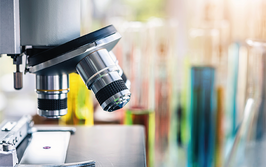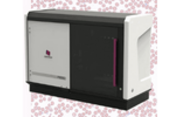Key advantages of Using Multiplex Immunofluorescence for Allograft Transplantation Research
sponsored by Akoya Biosciences
June 22, 2020 | 5pm CEST | 11am EDT
Multiplex immunofluorescence offers interesting input in precision pathology in terms of quantification and localization and represents a new tool to investigate rejection processes, in complementing by molecular biology data.
During this webinar, we will demonstrate a novel in situ detection strategy to better characterize the inflammatory burden during kidney and cardiac allograft rejection by targeting NK cells, T lymphocytes and macrophages; and to better localize those cells within or outside the microcirculation.
The first presentation focuses on kidney rejection, showing that lymphocytes and macrophages represent the two major immune cells involved in ABMR and TCMR whereas NK cells represent only a very proportion. The second presentation highlights similar observations in cardiac rejection.
Thanks to precise localization of the immune cells by mIF and an endothelial cell marker to identify the microvessels, we observe that immune cells exhibit differential compartmentalization in ABMR and TCMR.
Learning Objectives
- Development of multiplex panel IHC in FFPE tissue sections for kidney and cardiac allograft study as an alternative to standard IHC of single markers.
- Better characterization and phenotyping of cells with several biomarkers in a single tissue section and per cell resolution.
- Deeper understanding of kidney / cardiac allograft rejection with precise spatial localization of immune cells within the transplant environment.




















